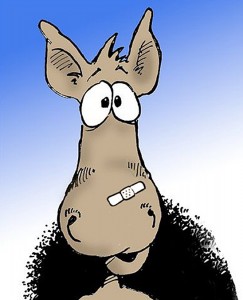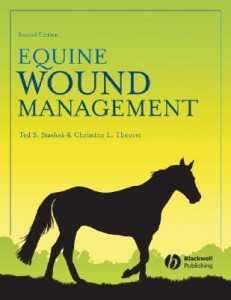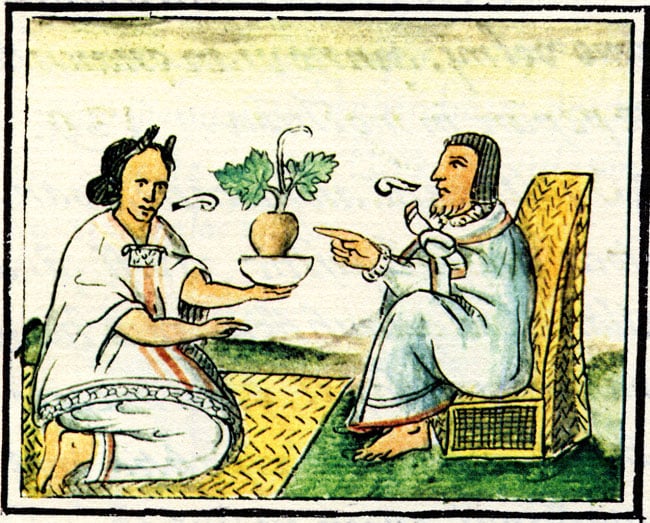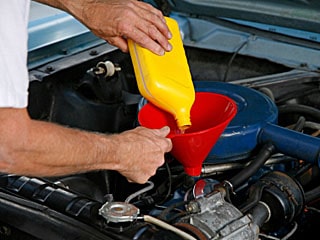 Horses sometimes seem to have an almost singular desire to hurt themselves. Any protruding screw head, bent nail, or sharp corner of a feeder turns itself into a dangerous weapon around horses, and horses seem eager to find them. As a result, horse owners may be confronted with any number of wounds to take care of, from the serious problem requiring immediate veterinary attention, to minor “boo-boos” that can be handled with relative ease.
Horses sometimes seem to have an almost singular desire to hurt themselves. Any protruding screw head, bent nail, or sharp corner of a feeder turns itself into a dangerous weapon around horses, and horses seem eager to find them. As a result, horse owners may be confronted with any number of wounds to take care of, from the serious problem requiring immediate veterinary attention, to minor “boo-boos” that can be handled with relative ease.
Still, there are some principles to follow when it comes to caring for wounds. The general idea is that you don’t want to get in the way of the horse’s body; after all, the body is going to try to heal itself, and you want to do your best to direct it, but not interfere with it. Wound care shouldn’t be too complicated, either; in many cases, just about anything will do (which is one reasons why there are so many wound care products).
Basic principles of wound care can be applied to any horse, principles that will help you in both routine, as well as emergency, situations. I’ll also help you sort through some of the many options that you have when it comes to treating horse wounds, in hopes of making things less confusing. The bottom line, however, it this; even with fairly severe wounds, your horse is probably going to be OK, because the horse’s body is going to try to heal things, no matter what, as long as somebody doesn’t get in and mess things up.
 When it comes to wound care of the horse, the authoritative text is by Drs. Ted Stashak and Christine Theoret. While the book is pricey, and intended for veterinarians, and contains information about surgical techniques that you’re not likely to see, it’s the source for information about the proper ways to manage wounds of the horse.
When it comes to wound care of the horse, the authoritative text is by Drs. Ted Stashak and Christine Theoret. While the book is pricey, and intended for veterinarians, and contains information about surgical techniques that you’re not likely to see, it’s the source for information about the proper ways to manage wounds of the horse.







